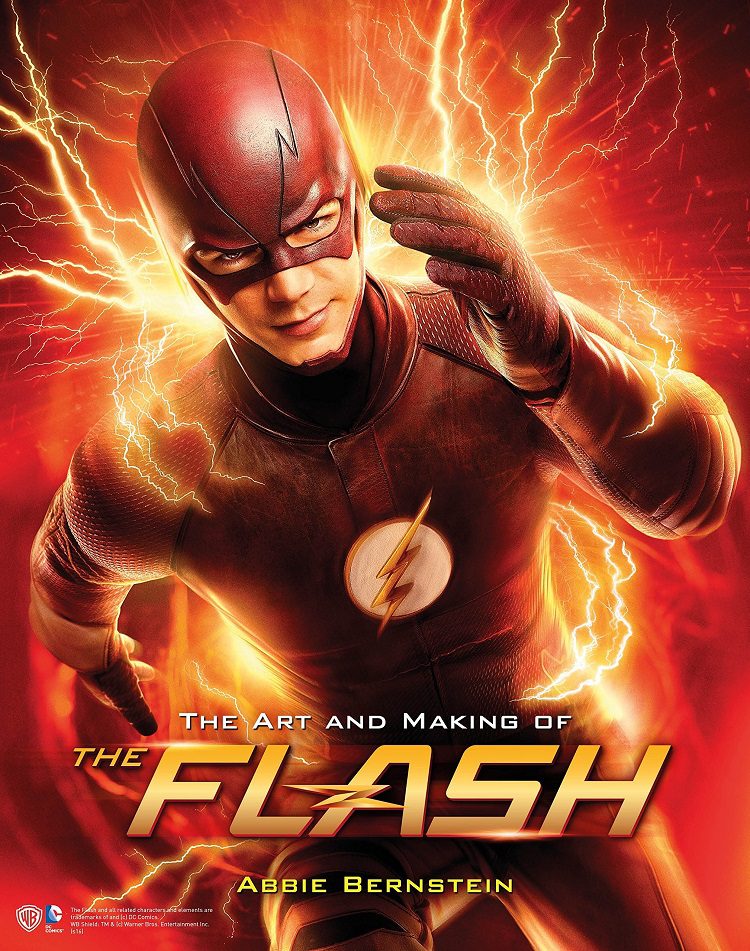
Over the last couple of years, the CW has built up a number of television series based on the DC comics universe. While their first show featured the hero known as the Green Arrow, their second series needed to have a much lighter tone that had the feel of a comic book. Co-creator and executive producer Greg Bernlanti, who grew up reading comic books, said that The Flash was the hero who exemplified all the traits needed for this new series because he was the heart and soul of the Justice League and would make a perfect companion to the Arrow series.
After two years of critical acclaim and fan approval, The Flash is now in its third season, and to accompany the show, Titan Books has released an 160-page art book that covers all the major elements of the program. There are four main sections: “Heroes and Allies,” “Villains,” “Location,” and “Weapons, Gadgets, and Vehicles.”
All of the main characters in the show are featured in the “Heroes” section along with Team Arrow and some members of the Legends of Tomorrow cast. Most of the information is short blurbs of who the characters are, but more attention is given to the Flash and Firestorm. The “Villains” section takes up the largest portion of the book as there are many more villains that have appeared over the last three years with the biggest write-up dedicated to Gorilla Grodd and the process they used to create the CGI creature. Seeing the “Location” section as small as it is makes the reader realize how little of the world has been left unexplored. Most of the action has occurred at S.T.A.R. Labs, the West Family Home, Barry’s Lab, and the occasional Earth-2 trip. The final section contains no vehicles, but having all of the weapons and gadgets in one section is nice to see.
The book contains mostly photos. The captions that go along with them are very brief and don’t have a lot of substance that you can sink your teeth into. The foreword by Berlanti and the initial “Making the Flash” opening chapter are the most interesting and give a little insight into the process behind the creation of the program. The photos are pleasant to look at and in most cases say more than the actual words surrounding them. Overall, it’s a nice coffee table book to look at and is reminiscent of watching a behind-the-scenes special feature on a DVD.